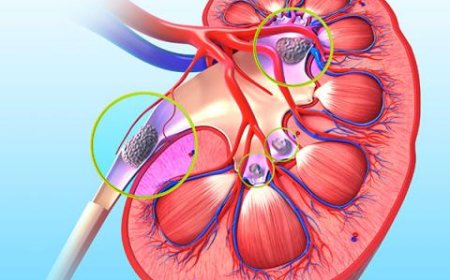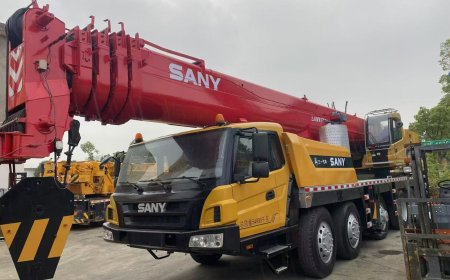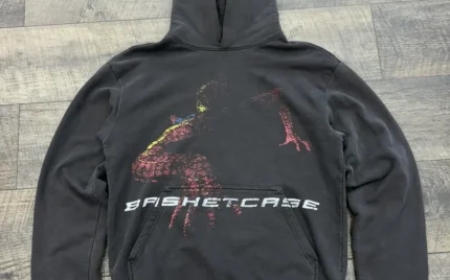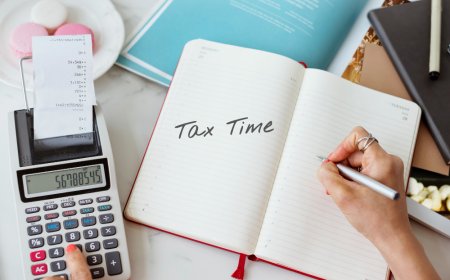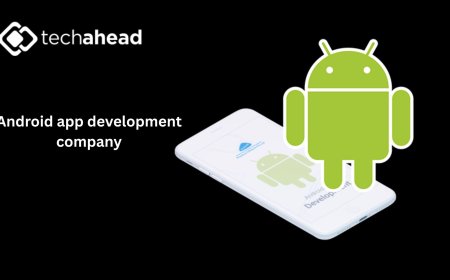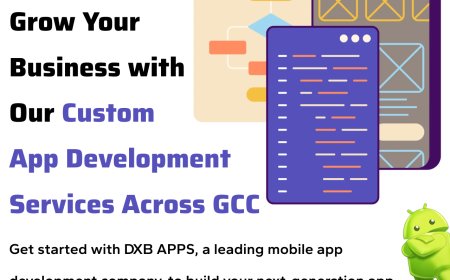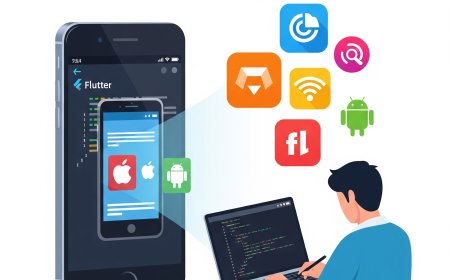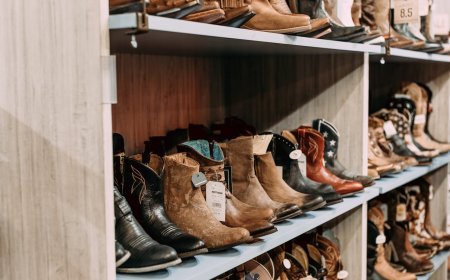What’s the Easiest Way to Get Student Visas for USA?

Studying in the United States is a goal for many students across the globe. With its world-renowned universities, diverse culture, and opportunities for personal and academic growth, the U.S. offers an unmatched educational experience. However, before you can begin your studies, you must obtain one important documentyour student visa. Understanding the process to get student visas for USA can seem overwhelming at first, but with clear steps and preparation, it becomes far more manageable. This guide will walk you through everything you need to know in simple terms, helping you feel confident as you take your first step toward studying in the U.S.
What Are Student Visas for USA?
A student visa allows foreign nationals to legally enter the United States to pursue education. There are two main types of student visas:
-
F-1 Visa: For students attending academic programs at U.S. colleges, universities, high schools, and approved language training programs.
-
M-1 Visa: For students enrolling in vocational or non-academic training programs.
Most international students apply for the F-1 visa, which allows full-time academic study and limited on-campus employment.
Step 1: Apply to a SEVP-Approved School
Your journey begins with getting accepted into a U.S. school approved by the Student and Exchange Visitor Program (SEVP). After acceptance, the school will issue you a Form I-20, which is a critical document for your visa application. The I-20 includes details about your course, the length of your program, and estimated costs.
Step 2: Pay the SEVIS Fee
Before you apply for your visa, you must pay the SEVIS I-901 fee. This fee supports the system that tracks students and exchange visitors in the U.S. Once paid, youll receive a receipt, which you must bring to your visa interview.
Step 3: Complete the DS-160 Form
The DS-160 is the online application for a non-immigrant visa. Youll fill in your personal details, academic background, and travel plans. Once you complete the form, youll get a confirmation page with a barcode. Print and save this confirmation, as its required for your interview.
Step 4: Schedule a Visa Interview
Next, schedule an appointment at the U.S. Embassy or Consulate in your country. Its best to book early, as interview wait times vary. You can apply for your visa up to 120 days before your program begins, so the sooner you start, the better your chances of avoiding delays.
Step 5: Prepare the Required Documents
Being well-prepared is key. Gather the following documents for your interview:
-
A valid passport (valid for at least six months beyond your stay)
-
Form I-20 from your U.S. school
-
DS-160 confirmation page
-
SEVIS fee receipt
-
Visa appointment confirmation letter
-
Financial documents (bank statements, scholarship letters, or sponsor letters)
-
Academic transcripts, diplomas, and standardized test scores (TOEFL, IELTS, SAT, etc.)
-
A passport-sized photo that meets U.S. visa guidelines
Organize these documents neatly in a folder and double-check your local embassys website for any additional requirements.
Step 6: Attend Your Visa Interview
The visa interview is an important part of the process. A consular officer will ask you questions to determine your eligibility and whether you intend to return to your home country after your studies. Typical questions might include:
-
Why did you choose this university?
-
Who is sponsoring your education?
-
What do you plan to do after graduation?
Speak clearly, be honest, and show that youre serious about your education. Confidence and preparation go a long way.
Step 7: Visa Decision and Passport Return
If your visa is approved, your passport will be taken for stamping and returned to you with the visa inside. Processing times can vary, so make sure you dont book your travel too close to your programs start date. If your visa is denied, the officer will provide a reason. You may be able to reapply or address the issue.
Arrival in the U.S.
Once you receive your visa, you can enter the United States up to 30 days before your program begins. At the airport, a Customs and Border Protection (CBP) officer will ask to see your visa, passport, and I-20 form. After confirming your entry, theyll issue an I-94 record, which tracks your arrival and authorized stay.
Maintaining Your Visa Status
Getting your student visa is a big step, but its just as important to follow the rules to keep it valid:
-
Stay enrolled full-time throughout your studies
-
Attend classes and make academic progress
-
Do not work off-campus without official permission
-
Notify your school of address changes or program adjustments
-
Renew your passport and visa as needed
Violating any of these conditions can jeopardize your legal status in the U.S.
Working While on a Student Visa
Many students wonder if they can work while studying. The good news is that F-1 visa holders can:
-
Work on-campus for up to 20 hours per week during school sessions and full-time during breaks
-
Apply for Curricular Practical Training (CPT), which allows off-campus work related to your field of study
-
Apply for Optional Practical Training (OPT) after graduation, allowing up to 12 months of work in your field (STEM graduates may qualify for a 24-month extension)
Always speak with your schools Designated School Official (DSO) before accepting any job.
Can Your Family Join You?
If you have a spouse or children under 21, they may apply for F-2 or M-2 visas as dependents. F-2 dependents can live with you in the U.S., but they cannot work. Children can attend school, but F-2 spouses are not allowed to enroll in full-time study programs.
What Happens After Graduation?
After finishing your program, you have a 60-day grace period to either:
-
Leave the U.S.
-
Transfer to another academic program
-
Apply for OPT or change your visa status
If you wish to stay and work long-term, consider applying for a work visa like H-1B or exploring permanent residency options if you qualify.
Common Reasons for Visa Denial
Sometimes, a visa application gets denied. Common reasons include:
-
Incomplete or incorrect documents
-
Insufficient financial support
-
Inability to demonstrate ties to your home country
-
Providing false or inconsistent information
To avoid these issues, always prepare thoroughly and answer honestly.
Conclusion: Your Future Begins with a Visa
Student visas for USA are more than just documentsthey are keys that unlock life-changing experiences. They allow you to pursue world-class education, connect with people from around the globe, and build a future filled with opportunity. While the application process can seem complicated, it becomes manageable when approached step by step.
Take the time to research, stay organized, and seek help from your school or education consultant if needed. This journey starts with paperwork and interviews but ends with personal growth, achievement, and the chance to shape your future in meaningful ways. If studying in the U.S. is your dream, then getting your student visa is your firstand most importantmilestone.





